Number of teams 88 Website JFA | ||
 | ||
Founded 1921; 96 years ago (1921) Current champions Kashima Antlers(5th title) | ||
Yokohama f marinos v sanfrecce hiroshima 2013 emperor s cup final football asia
The Emperor's Cup All-Japan Soccer Championship Tournament (天皇杯全日本サッカー選手権大会, Tennōhai Zen Nippon Sakkā Senshuken Taikai), commonly known as The Emperor's Cup (天皇杯, Tennōhai) or The Emperor's Cup Soccer (サッカー天皇杯, Sakkā Tennōhai), is a Japanese association football competition. It has the longest tradition of any football tournament in Japan, dating back to 1921, before the formation of the J. League, Japan Football League and their predecessor, Japan Soccer League. Before World War II, teams could qualify not only from Japan proper but also from Korea, Taiwan, and sometimes Manchukuo. The women's counterpart is the Empress's Cup.
Contents
- Yokohama f marinos v sanfrecce hiroshima 2013 emperor s cup final football asia
- the emperor s cup all japan soccer championship anthem
- Overview
- Format
- The Trophy
- Qualification to AFC Champions League
- Past Emperors Cup Champions
- Other Emperors Cups
- References
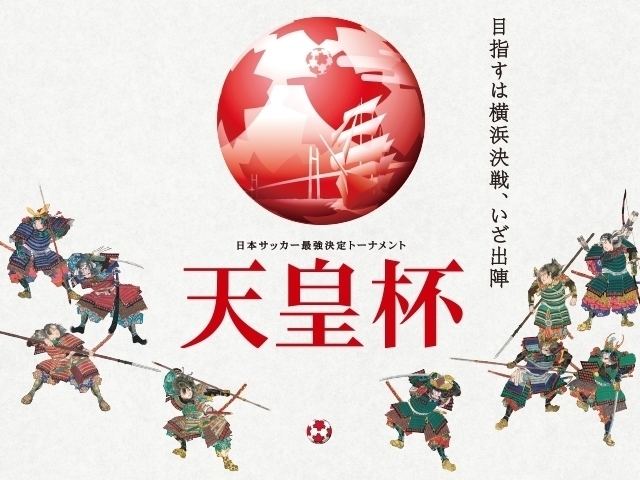
the emperor s cup all japan soccer championship anthem
Overview
As it is a competition to decide the "best football team in Japan," the cup is now open to every member club of the Japan Football Association, from J1 and J2 (J. League Divisions 1 and 2) down to teams from J3 (J3 League), JFL, regional leagues, and top college and high school teams from around the country. The Emperor's Cup is one of two well-known national football tournaments named after a monarch (the other is Spain's Copa del Rey).
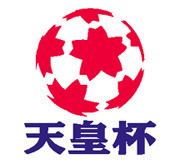
The holder can wear a Yatagarasu emblem (the ordinary winner wears one, the E letter and the purple line above the bird, the league-cup double winner can wear the gold star and line above the Yatagarasu) and obtains an AFC Champions League spot for the next season.
Since the creation of the J. League in 1992, the professional teams have dominated the competition, although doubles, once common in the JSL, have become very rare. However, because the Emperor's Cup is contested in a knockout tournament format, the opportunity for "giant-killers" from the amateur ranks upsetting a top J. League squad is a very real possibility. A major upset almost occurred in the 2003/04 competition, when Funabashi Municipal High School took the 2003 J. League champion Yokohama F. Marinos to a penalty shootout. Waseda University was the last non-league winner of the Emperor's Cup, in 1966.
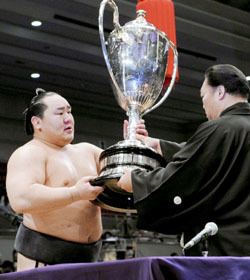
From 1969 to 2014, the Emperor's Cup final had been played on New Year's Day of the following year at the National Olympic Stadium in Tokyo and is regarded as the traditional closing match of the season.
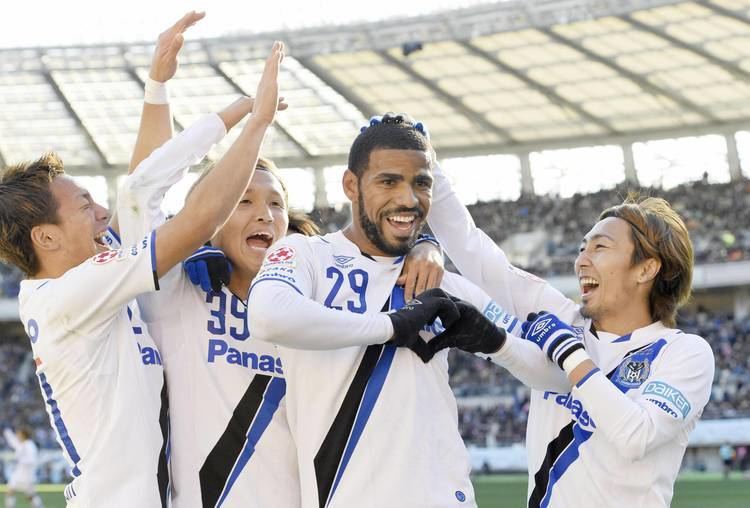
The 2011 final was the first to be contested by two second tier teams, FC Tokyo !FC Tokyo and Kyoto Sanga !Kyoto Sanga, with FC Tokyo winning 4–2.
Format
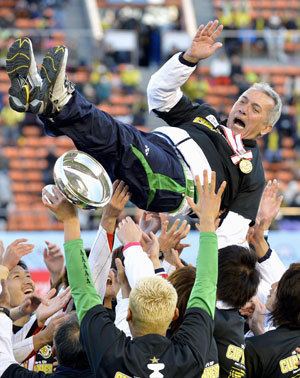
The knockout phase of the competition begins towards the end of the year. Before 2008, 48 teams took part in the first two rounds – the winner from each of the 47 prefectural championships and the collegiate champion. The top team in the JFL standings and all thirteen J2 teams joined in the 3rd round. Finally, the eighteen J1 teams joined in the 4th round, making a total of 80 participating teams.
From 1965 to 1970, the top 4 JSL clubs at the end of the season qualified for the Cup and the other four spaces allotted were taken by university finalists. From 1971 to 1994, as the League increased in size, the top division's entire membership began to enter automatically, while the second tier's member clubs participated in regional stages with other clubs. Beginning in 1995, the second tier clubs (at the time, the old Japan Football League) began to be admitted automatically instead of having to play regional stages, which in turn became prefectural stages.
Since 2009, all J.League teams started from second round regardless of division. In 2012 running, the JFL top team will also start from first round, replacing the college team (through, college team may still enter if they win prefectural championships).
The Trophy
The original All Japan Championship Tournament trophy was awarded to the JFA by the English Football Association in 1917. This trophy was used until January 1945, when the militarist government confiscated it and melted down to procure additional metal for the war effort. When the tournament was reinstated, the present trophy, showing the Imperial chrysanthemum seal began to be awarded.
In August 2011, the English FA presented its Japanese counterpart with a replica of the original trophy, made by London silversmiths Thomas Lyte. JFA President Junji Ogura expressed hope that the trophy, to be awarded at the 2011 finals, would be "a symbol of peace".
Qualification to AFC Champions League
The cup winner is qualified to AFC Champions League (ACL) since 2001 tournament, where Shimizu S-Pulse !Shimizu S-Pulse qualified to ACL 2002-03. Before the establishment of ACL, the cup winner was to qualified to Asian Cup Winners Cup. From 2012, as a part of the requirement of AFC, the champion team must also hold a J1 Club License in order to enter the ACL (but not necessary to be a Division 1 team).
Since the origin of ACL (2002–03) to ACL 2008, the cup winner is to participate the ACL that begins one year later: for example, the Emperor's Cup winner for the 2005 season, crowned on 1 January 2006, participates in the 2007 tournament.
In November 2007, the JFA announced that the ACL 2009 spot would be given to the 2008 season's winner (crowned on January 1, 2009), not to the 2007 winner. As a result, the 2007 winner, Kashima Antlers !Kashima Antlers, cannot earn the ACL 2009 spot by the championship. (However, Antlers earned the ACL 2009 spot by 2008 J. League Division 1 result.)
If the cup winner was already earned an AFC Champions League spot through finishing above third in J. League Division 1. The spot obtained in the cup will be given to Division 1's fourth placed team.
Past Emperor's Cup Champions
Teams in bold indicate doubles with the league title after 1965. Teams in italics indicate non-top flight clubs after 1965.
Other Emperor's Cups
The Emperor's Cup term is used for many national championships in other sports. Like the football prize, most of them are knockout tournaments, except for professional sumo where the trophy is awarded for winning a round-robin Grand Sumo Tournament.
